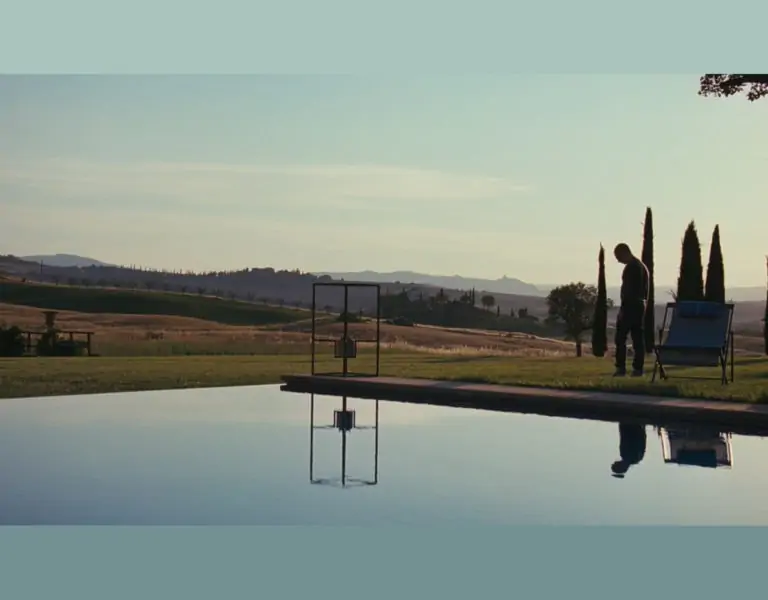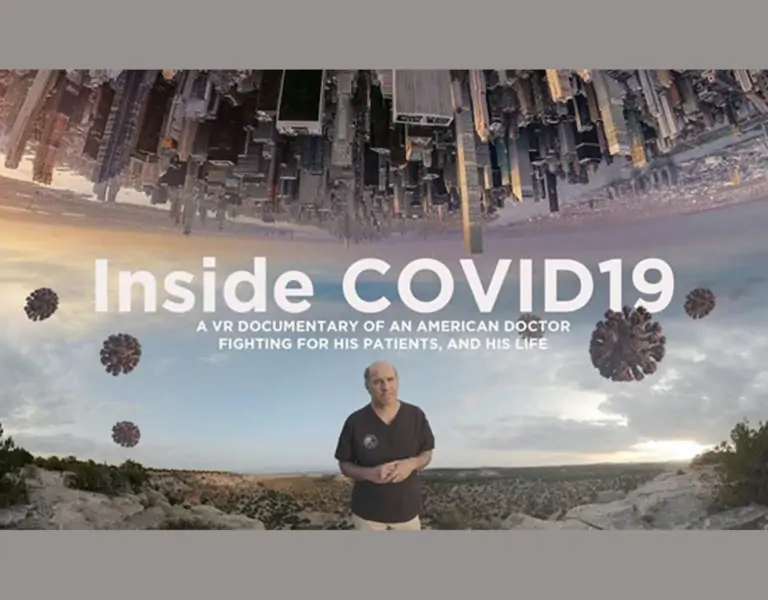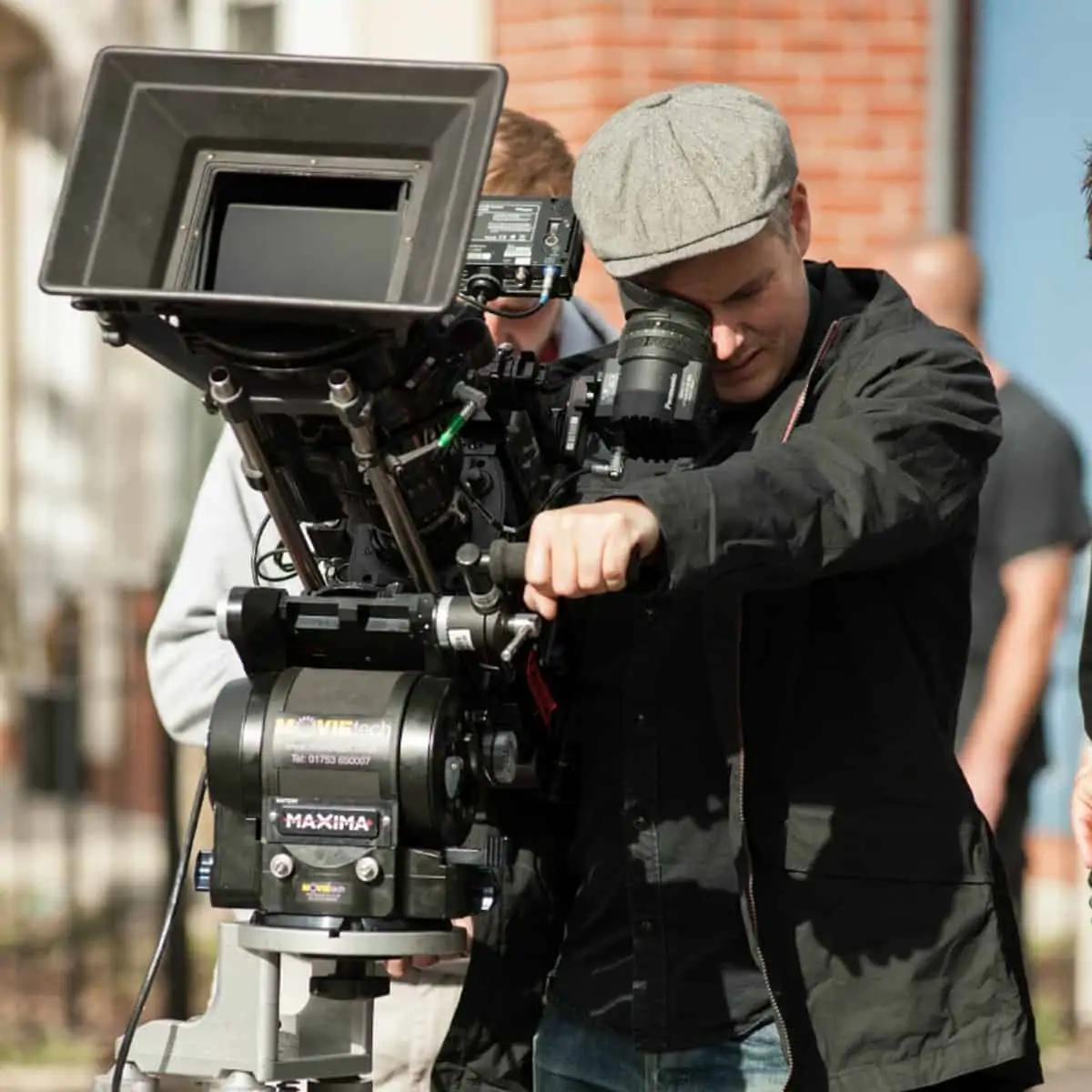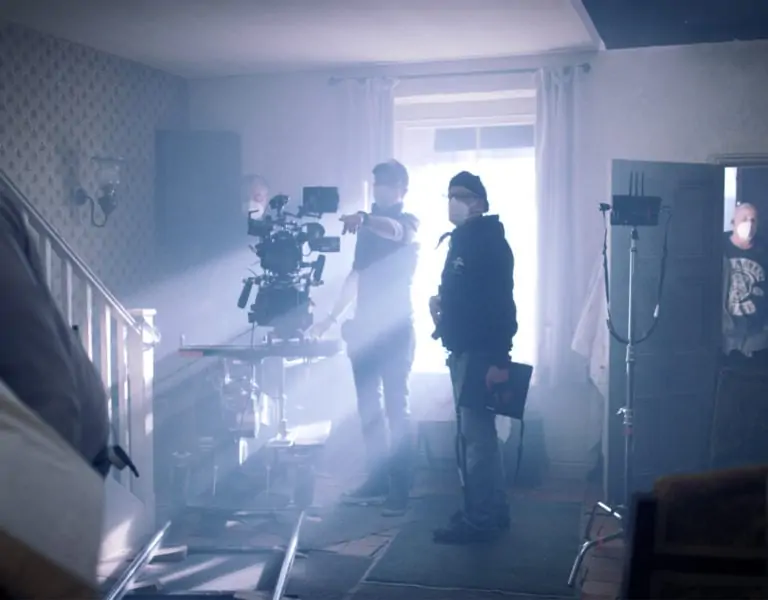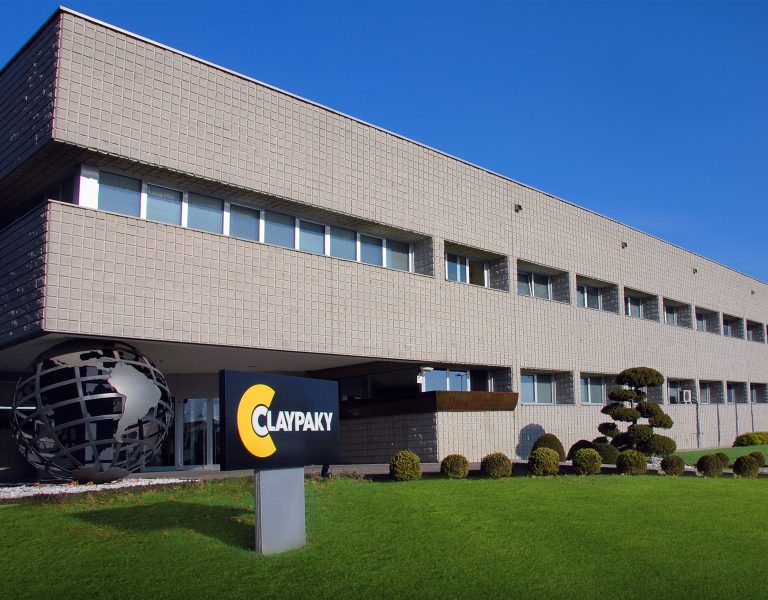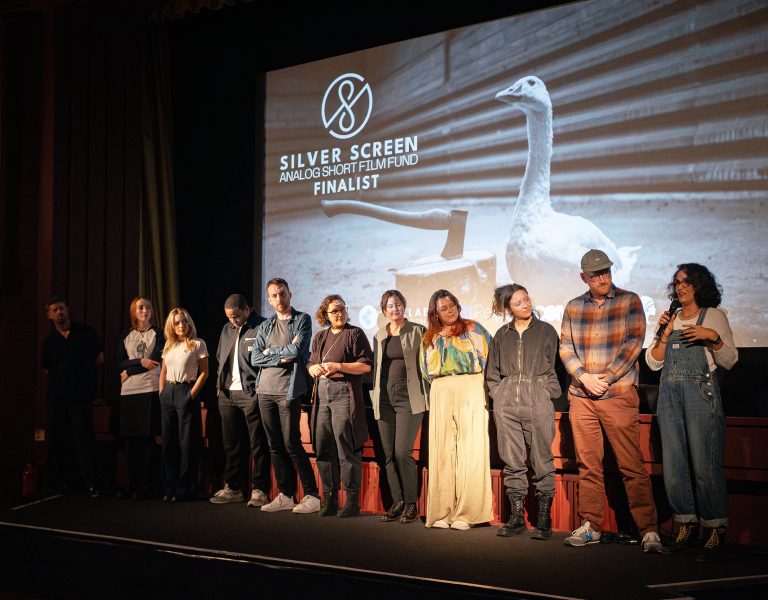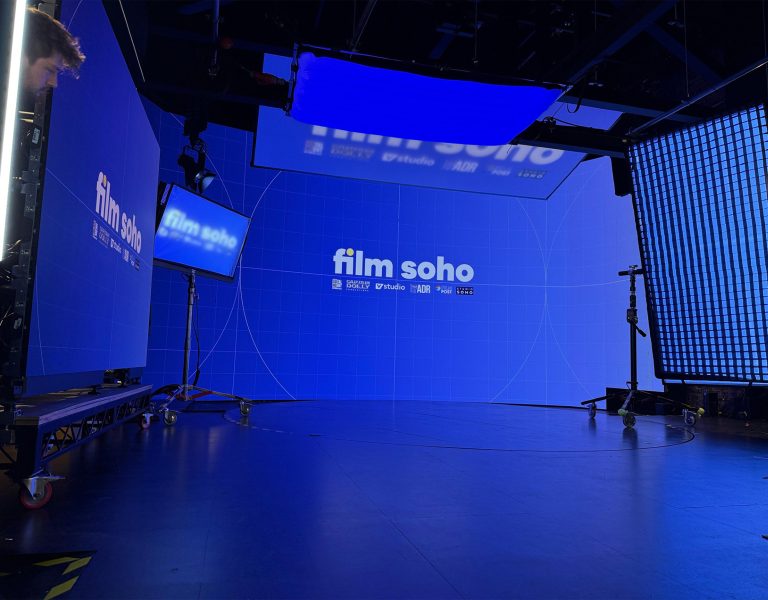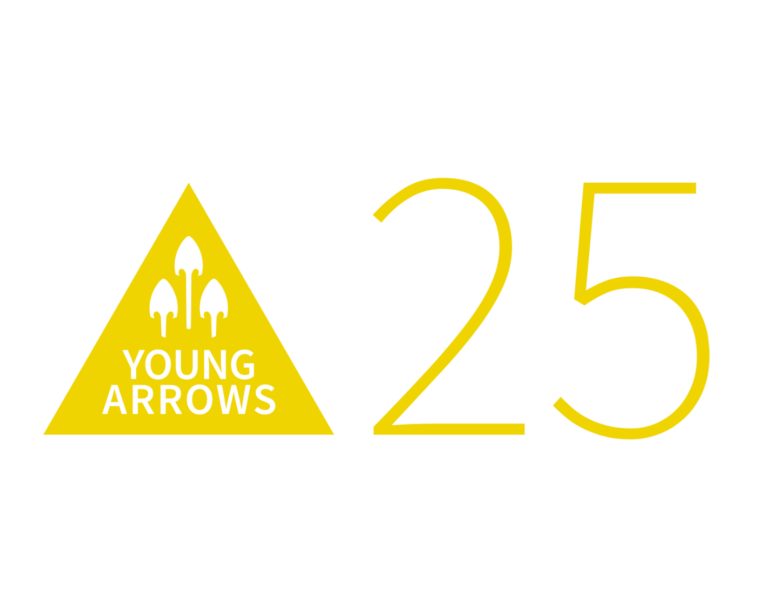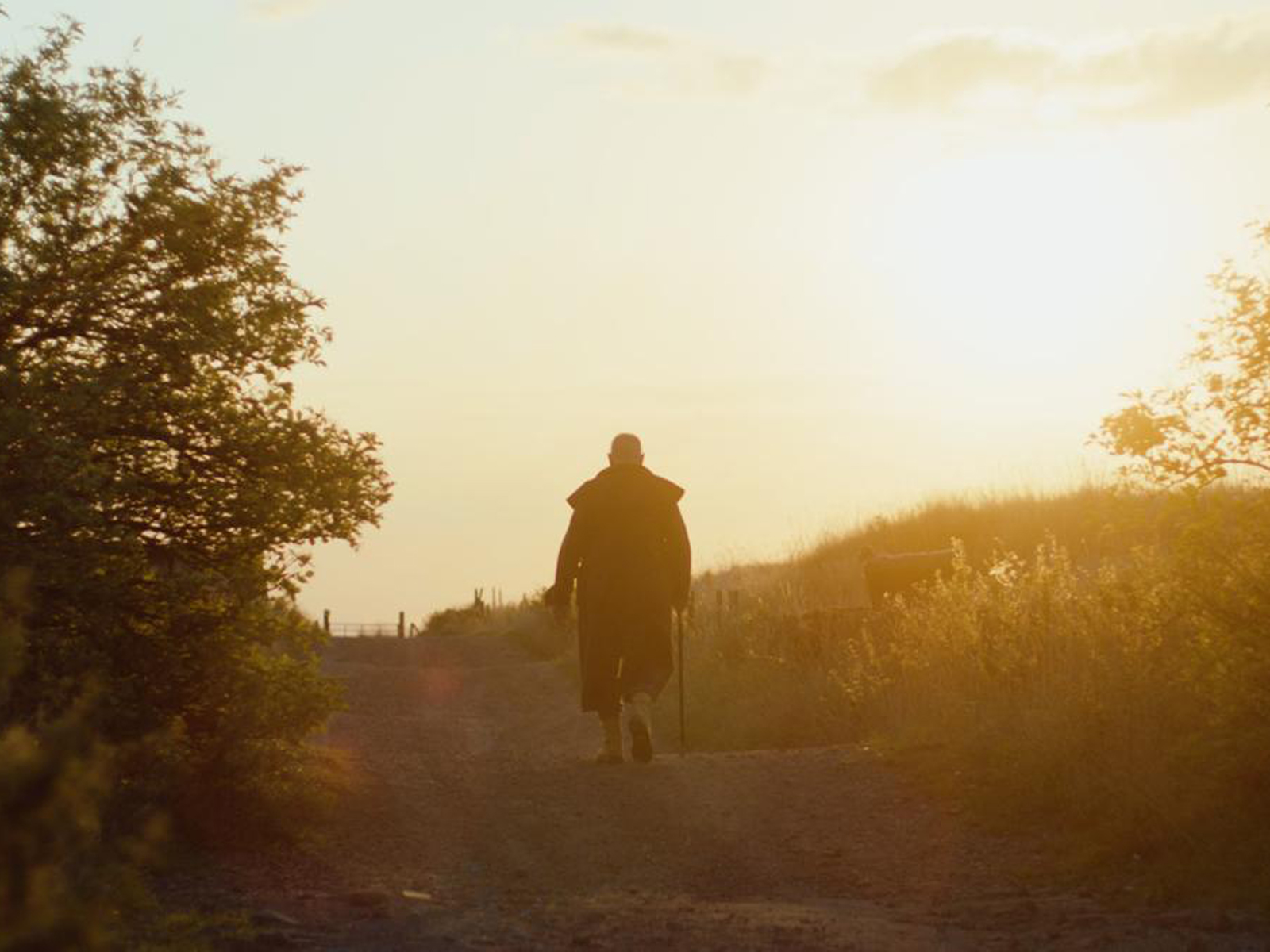
Currently available to view on Sky Documentaries, Hatton is a brutally honest and deeply personal movie on the personal and boxing life of Ricky ‘The Hitman’ Hatton.
The documentary – which includes previously unseen archive footage and touches on significant issues such as depression, suicide and shame – charts Hatton’s journey from the Hattersley estate near Manchester to headlining on the strip in Las Vegas.
Sky Post Production provided final post on the film, which is directed by multi-award-winning director Dan Dewsbury and produced by Noah Media Group (14 Peaks: Nothing Is Impossible, Finding Jack Charlton), in association with Sky Studios.
The grade
Responsible for bringing the colour together for this emotive series, was Sky Post Production’s colourist, Mark Mulcaster, who was recently shortlisted for the Broadcast Tech Innovation awards in the ‘Excellence in Grading (Non-Scripted)’ category for his work on Hatton.
The turn-around for grading documentary work is often very fast, with some of the Sky News documentaries graded, signed off and delivered in less than a day. But for Hatton, Mulcaster was brought in during the offline edit, before the grade began, which enabled him to start the look development remotely while director Dewsbury locked in the edit. The full grade took place at Sky later, over a period of four days.
“Having a longer run-up on Hatton was a real gift and enabled us to do a lot with some lovely set-ups,” recalls Mulcaster. “For documentaries, there’s a fine line between keeping the grade honest with some stylisation without it biasing the viewer’s perspective (unless, of course, that’s the brief).”
Interview footage
Dewsbury and Mulcaster decided early on that there would be two aspects to the look – one for the archive content, of which there was a lot, and one for the interview footage, where they agreed they wanted to try and create a softer look.
“Dan’s a fantastic filmmaker and he wanted to try and create a very authentic film look, so we discussed the colour separately to the texture of the image,” comments Mulcaster. “Part of this was done in camera with the use of Pro Mist filters, with the rest achieved using diffusion in the blacks and shadows via tools like Baselight’s Texture Equaliser. This was employed to soften parts of the image rather than sharpen.”
The nature of the documentary meant that the interviews were conducted over the course of several months and whilst the production team did what they could to keep continuity, some of the interview set-ups had natural light that wasn’t easily controlled on the shoot.
“We had to work hard to achieve a consistent feel across A and B cameras which may have been cut together from different points in production,” explains Mulcaster. “Some of the shots required dynamic lighting changes in the background independently from the subject, so there were a number of shots with keyframes inside and outside of a key.”
Some of the environments really allowed the team to enhance the emotion that they wanted the viewer to feel, from the warmth and security of Jennifer Dooley’s living room in Manchester, to the almost Godfather-like setting for some of the boxing promoters in Las Vegas.
“Ricky Hatton’s interview was made to feel a lot cooler and having it set at the end of a long table in the kitchen created a sense of separation and isolation from the story,” recalls Mulcaster. “The cool blues and teals worked well with the chrome of the kitchen.
“For the most part we kept the film fairly natural although when the story moved into discussing embezzlement, we made some of those affected a bit greener to create an off-kilter perception – and then returned to our normalised grade once that story had been resolved.”
Archive footage
The second aspect of the grade was to help the archive footage sit better within the cut using colour and texture. This was especially important as the film was cut together from mixed media with the newly acquired interviews shot in 4K, along with standard definition sports archive, and Hatton family DV footage from the 1990s.
“We spent time discussing how we could enhance the archive footage and push it subtly towards the look of the rest of the film,” recalls Mulcaster. “There were instances where archive from different dates and sources was intercut so we needed to homogenise it and reconcile anything that stood out as being too different. In addition to a good balance, we wanted to add a bit more density into some colours, in particular blues and reds, without them popping too much.”
“Sometimes the archive had to be slightly degraded to sit within a sequence,” Mulcaster adds. “The final picture lock used a couple of drone shots that were added into an archive sequence and they needed much more work as they looked so crisp and modern in comparison.
“The aim was to maintain the ‘video’ feel so whilst I added a bit of grain for consistency, we also added a very subtle amount of Baselight’s Chroma Warp, which gave a good basis for any additional effects added in the online. Again, having done much of the legwork on the grade before the attended sessions meant we could focus more on bringing everything together.”
Testing, grain and halation
Mulcaster requested a test sequence early on, which was representative of the edit, allowing him to set to work on the looks before the grade began.
The team’s experimentation took them from some very authentic film print emulations to something a bit more stylistic with warmer highlights and skin tones whilst pushing cooler tones into the shadows to really enhance the interviews. Then, after locking in the look, they started to explore the texture of the images, experimenting with different grain stocks and plugins.
“We opted for Baselight’s Add Grain operator, as this gave us very precise control of the size, intensity and amount of grain as well as which part of the image was being affected,” explains Mulcaster. “I blended the grain using an overlay function so that it sat within the image rather than feeling like it was a layer over the top.”
“Add Grain is my go-to operator for creating grain,” adds Mulcaster. “Couple that with layer blending and it gives you a lot of options without having to add additional grain sources which won’t carry over from Baselight into Avid via a media-less AAF workflow.”
“Layering up the various steps into a stack allowed me to simply blend back many layers with precision and so if we wanted to increase by 10% or back a layer off by 20%, it was easy to do,” explains Mulcaster.
As Dewsbury wanted to create an image with a filmic texture, Mulcaster also explored incorporating some halation layers.
“It’s not something you can get with digitally acquired images and usually I don’t have the luxury of time to add halation. Some of it is very subtle and in a couple of points we may even have over done it, but we felt that it worked so we went with it!”
Boxing ring
Dewsbury shot some abstract scenes in the middle of a council estate at dawn, with Ricky in a boxing ring. Mulcaster wanted these to feel totally separate from the rest of the film, as they were used to imply Ricky mentally revisiting some of his fights and his internalised thoughts.
“We didn’t want to use black and white or sepia for this so opted for more of an unsettling magenta tone, which really enhanced the early morning feel when the footage was shot,” explains Mulcaster.
“We increased the amount of grain in a blended layer and pushed the Chroma Warp a lot harder than we had for the rest of the film. I did some selective sharpening and then blended it back onto the graded image which created this cool blue and purple look whilst giving me precise control over how much we needed to dial in.”
A clear vision
“It was fantastic to work with such a great team, both from the production side and at Sky Post,” says Mulcaster. “It was a big, exciting project and I was really pleased with the result of the grade as well as the collaboration between myself and Dan.
“It’s always rewarding and satisfying to work on a film with a director who has such a clear vision yet allows you the time and space to creatively explore the visuals.”
